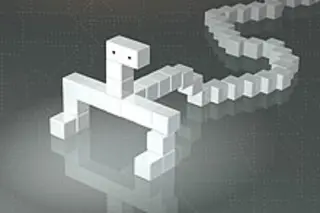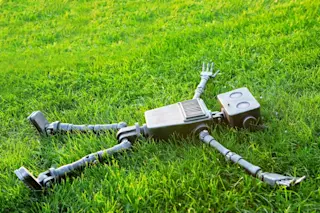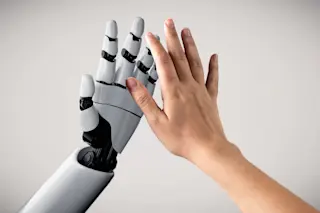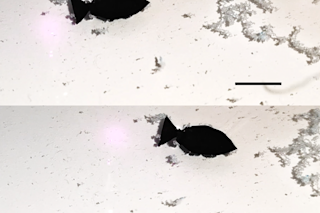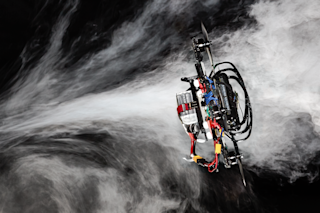When the Honda Corporation recently unveiled the latest version of Asimo, a four-foot-tall humanoid playfully named after the science-fiction writer Isaac Asimov, a digital video of the robot generated the kind of enthusiasm on the Internet that is usually reserved for Paris Hilton’s home movies. The new incarnation of Asimo not only walked with a convincing bipedal gait but also accelerated smoothly from a leisurely stroll to a full-on trot. It was mesmerizing—and comic—to see the sleek white machine jogging across a stage as if it were a harried commuter trying to catch a bus.
A jogging robot captures our imagination because we’re easily impressed by skills that mimic our own. But a robot that runs isn’t necessarily better than one that doesn’t. The future of robotics lies beyond mimicking humans and in machines that transform themselves into configurations based on changing circumstances. Some of these machines may resemble creatures ...


